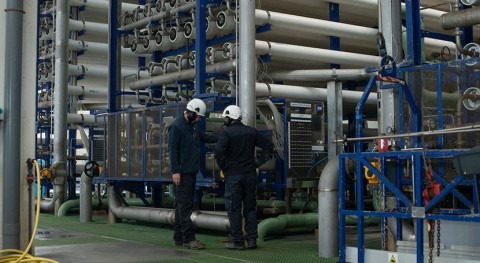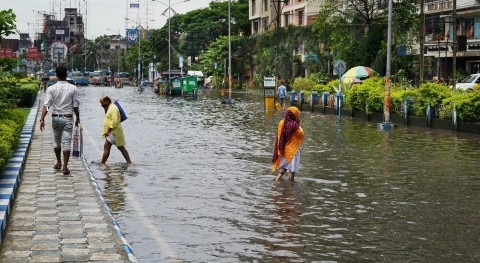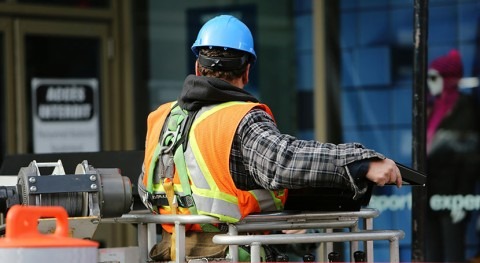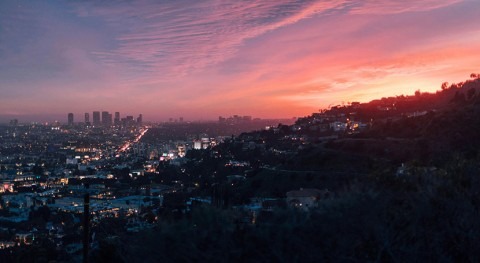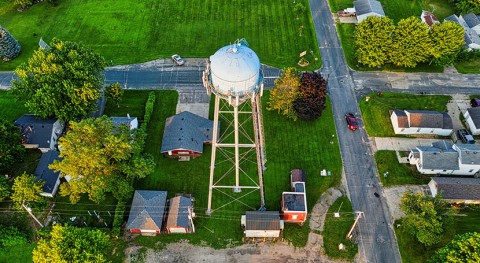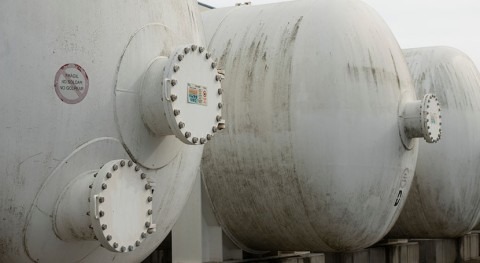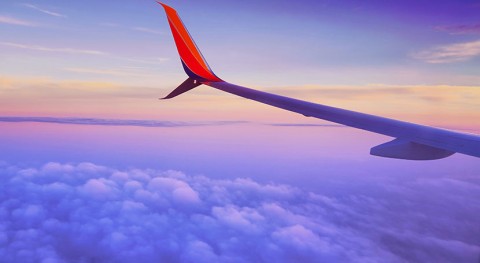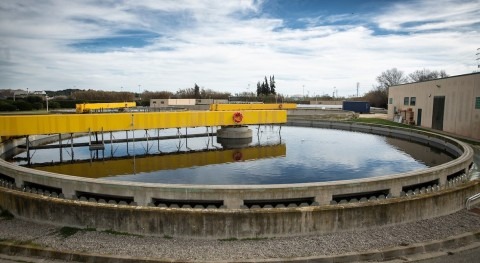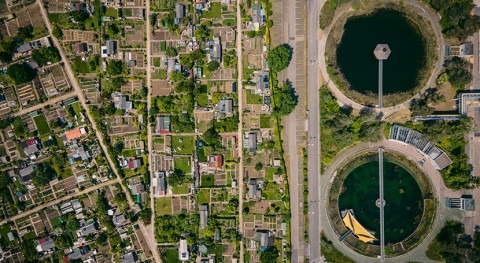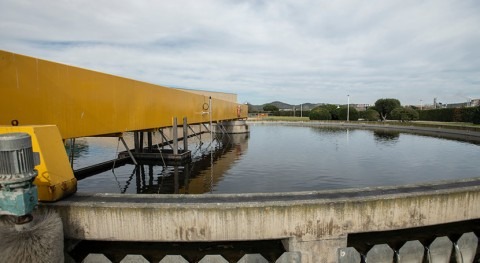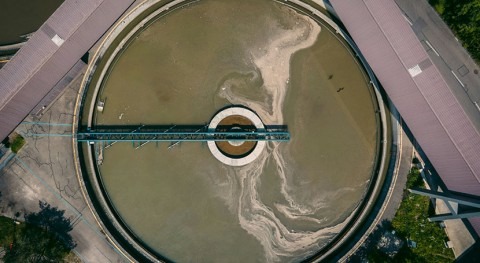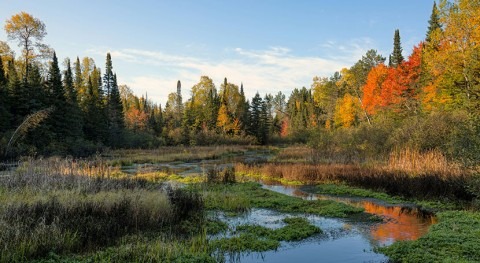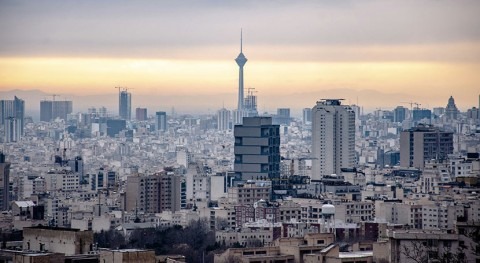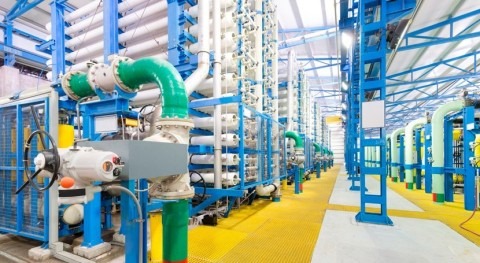Under the surface of cities, there are buried streams and old aqueducts partially lost to time and modern urban development. A new initiative known as Cool City aims to map these forgotten underground water networks and use them to keep cities cool as global warming escalates, reports Fast Company.
The project involves researchers from different universities and was part of the Korean pavilion at the Architecture Biennale exhibition held in Venice last year, with partners working in Naples and Seoul.
Some cities have maps showing the location of former creeks which were channelled into underground tunnels to make way for development, but they are often imprecise, explains Nick De Pace, a professor of architecture and landscape architecture at the Rhode Island School of Design involved in the project. Researchers are using digital scanning to build 3D digital models revealing old and modern water sources and infrastructure under cities. De Pace is working with collaborators to build a 3D map that includes Roman aqueducts, natural springs, and modern stormwater and wastewater infrastructure in Naples, Italy.
The idea is to reuse the water to address the urban heat island effect. Heat islands are dense urban areas that experience higher temperatures than the surrounding rural areas. Pavement and buildings absorb and retain heat, increasing cooling costs and air pollution. Increased vegetation, green roofs and lighter coloured surfaces can help reduce heat build-up. Permeable materials that promote capture and flow of water also cool urban regions, at the same time as they help with urban stormwater management.
Historical springs and aqueducts were often a public health hazard and cut off from use in the past, as they were not suitable for drinking water. But they may be used as sources of water to combat heat: “Instead of tapping into conventional infrastructure that should be used for drinking water, you might be able to take some of those old water streams and bring them into green spaces that desperately need irrigation in the summer months,” said De Pace. Researchers hope their mapping efforts will help understand the most efficient way of doing that. He calls for the development of green or blue infrastructure, as it is “clearly a best practice for how you can cool down a city.”





